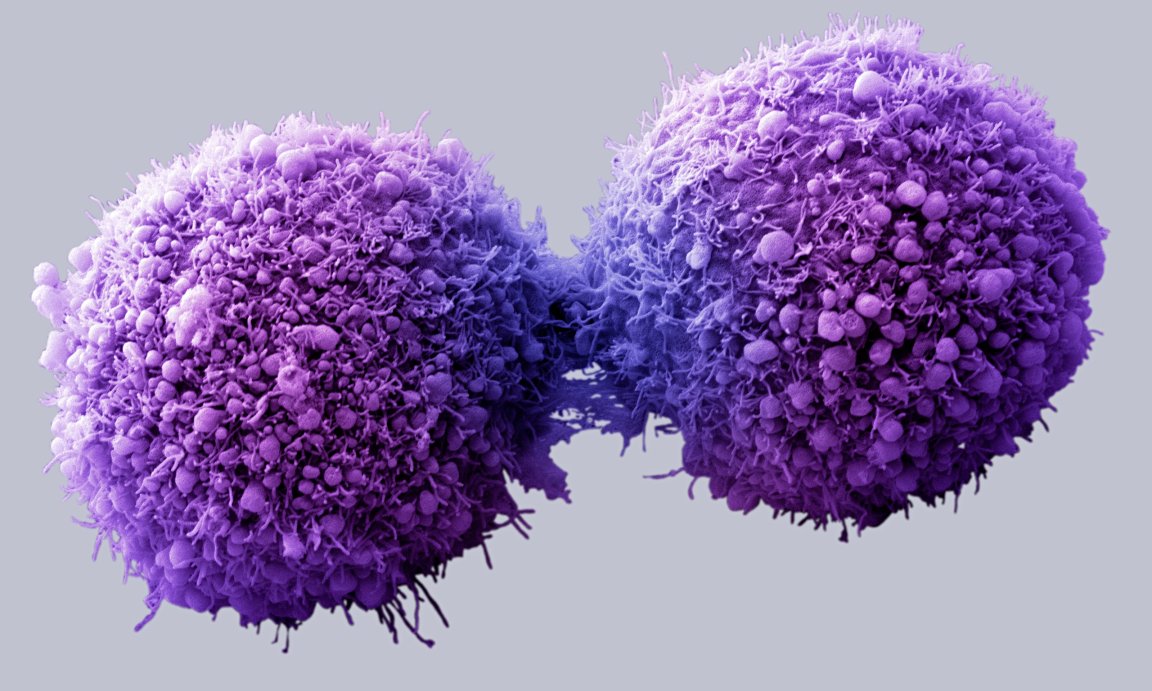
How It Started
Researchers from Stanford University were tasked by the US Defense Advanced Research Projects Agency (DARPA) to develop a method of detecting plastic explosives that are buried underground without having to make contact with the surface. This method of detection is necessary because it enables soldiers to uncover threats safely—they can detect the objects without setting the explosive off.
To accomplish this task, the researchers used principles that were first revealed in 1880, when Alexander Graham Bell was experimenting with the wireless transmission of sound via light beams.
To begin, materials expand and contract when stimulated with electromagnetic energy, such as light or microwaves. This expansion and contraction produces ultrasound waves. So if an object it this with this energy when it is underground, the subsequent ultrasound waves that it produces will travel to the surface, where they can be detected remotely.
However, sound waves propagate differently in solids than in air, with drastic transmission losses as they transition from the solid to air. The researchers circumvented this by building capacitive micromachined ultrasonic transducers (CMUTs) that can specifically discern the weaker ultrasound signals that jumped from the solid, through the air, to the detector.
The Future of This Tech
After working around the challenges that arise when trying to detect ultrasound after it leaves the ground, the researchers started to look into medical applications for such a device, especially in detecting early stage cancers.
To this end, the team used brief microwave pulses to heat a flesh-like material that had been implanted within a sample “target.” With the device a foot away, the material was heated by a mere thousandth of a degree, well within safety limits for living organisms.
Notably, this minute heating still caused the material to expand and contract, creating ultrasound waves that the researchers were able to detect in order to uncover the location of the target, all without making physical contact. The concept is still in its early stages, but the researchers are confident that, in the next decade, this method of detection will be widely available. This would make it possible to detect problems without having to undergo more invasive procedures, and could make cancer detection much faster.